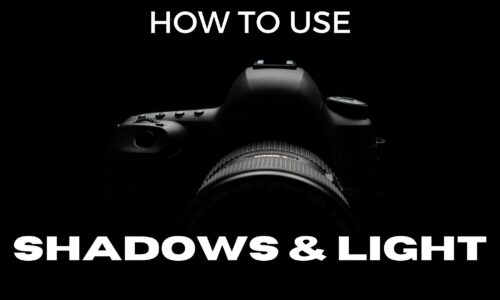Why Photography is an Art (My Take Take on The Matter)
Photography is more than just snapping pictures. It’s art.
Yet, some people don’t see why photography is an art.
Some of us argue it merely captures reality. While others insist it demands the same level of creativity and skill as other visual arts.
But, the notion that a camera can only represent reality is challenged by the countless ways photographers manipulate their images. Much like painters revising their compositions on canvas.
So, let’s talk about what goes into making a photo!
From the creative choices photographers make to the technical skills they need. We’ll also discuss art and photography history to see how we got here.
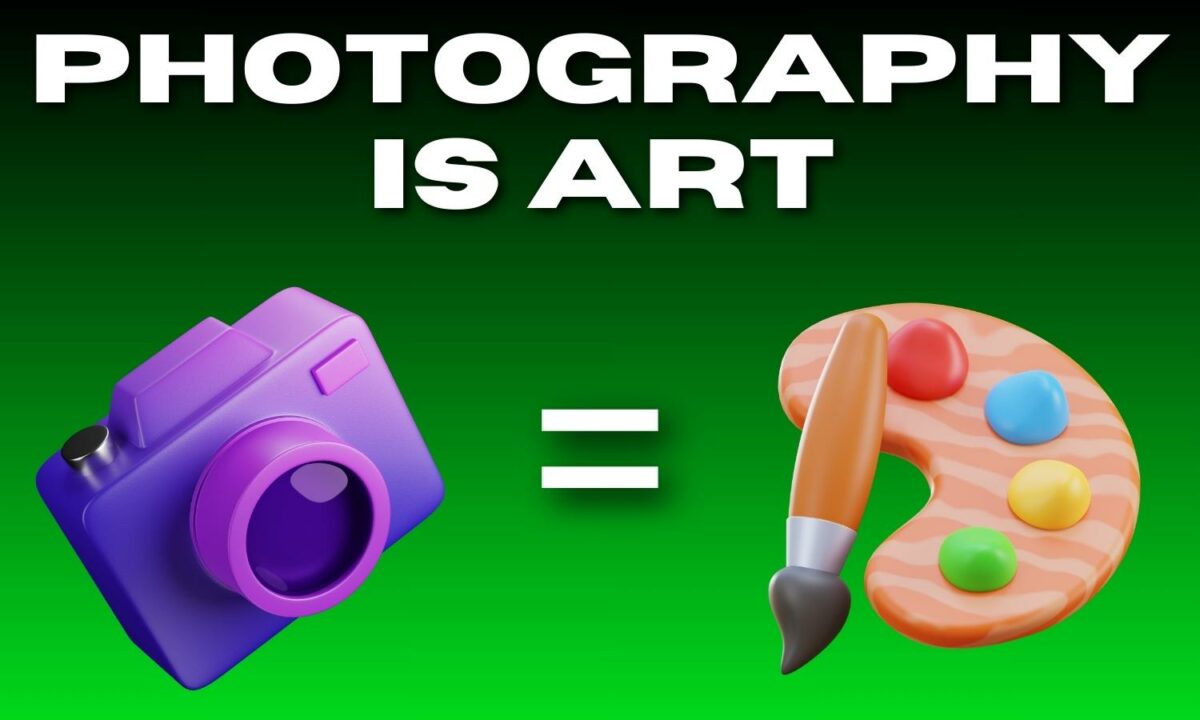
I made this article after a bit of research and using my personal experiences to help others understand how photography is art. So, whether you’re a pro, a beginner, or just someone who appreciates art, this article will share how photography isn’t just about taking photos.
It’s about creating art with every click of our smartphones and cameras.
Art that captures life, emotions, and moments in ways words can’t.
Understanding Art and Photography
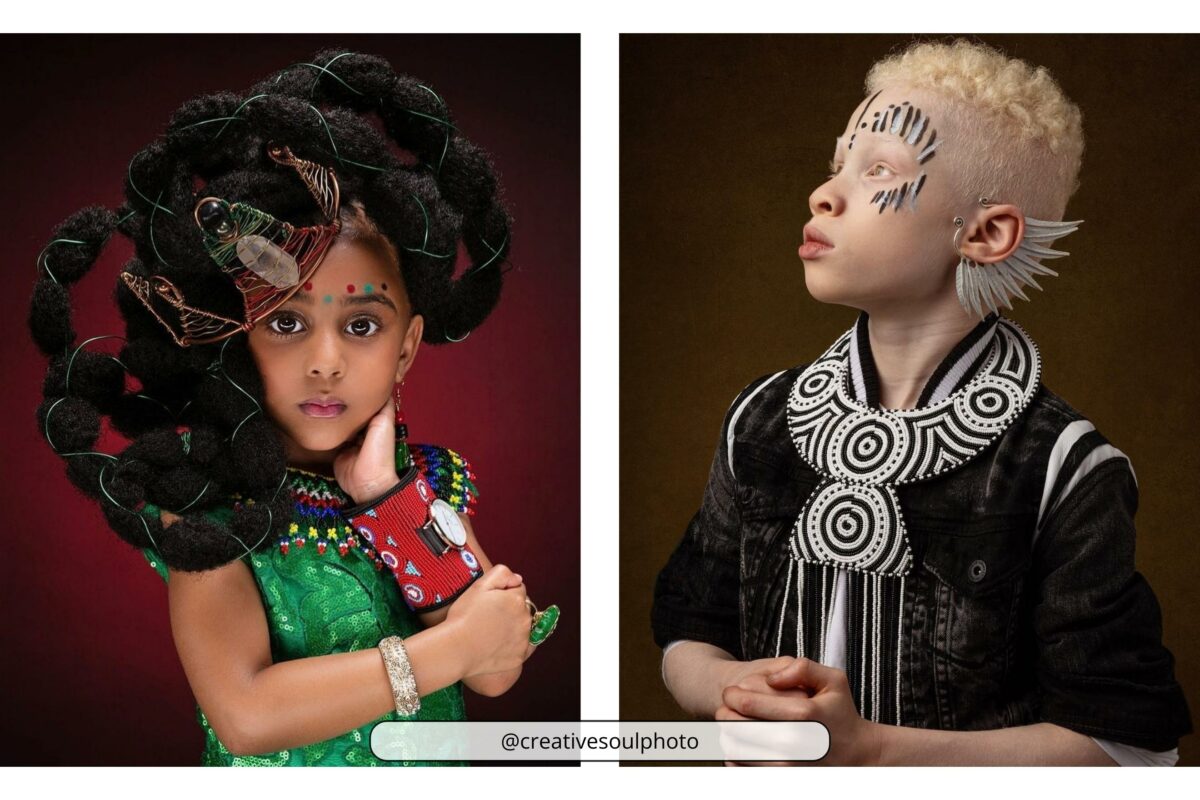
What is Art?
Art is defined as the expression or application of human creative skill and imagination, typically in a visual form such as painting or sculpture, producing works to be appreciated primarily for their beauty or emotional power.
Art is typically characterized by its unique blend of creativity and technical skill.
The purpose of art varies; it can entertain, educate, inspire, or provoke thought and emotion. And even though the definition of art may be subjective, it generally includes some form of expression that reflects a particular understanding of reality or imagination.
What is Photography?

Photography is the art, science, and practice of creating images by recording light or other forms of electromagnetic radiation, either electronically using image sensors or chemically using light-sensitive materials such as photographic film.
Note how “art” is included in that definition.
That’s why photography is an art. End of article! (just kidding lol)
Photography has evolved significantly since its inception in the early 1800s, and today, it encompasses a wide range of styles and techniques.
It allows us to capture moments in time, evoke emotions, and tell stories through the lens of a camera.
What Makes Photography Art

Photography becomes an art form when it serves as a medium for creative expression, transcending mere documentation.
Like traditional art forms, photography allows people to showcase their unique perspectives and emotions in a visual format.
The act of framing and composing a shot enables photographers to transform ordinary subjects into pieces of art. While techniques such as lighting, depth of field, and post-processing further elevate the artistic value of a photograph.
In photography and art, artists aim to express their ideas, emotions, and personal interpretations of reality.
And the freedom to experiment and explore in photography encourages the creation of innovative and thought-provoking images that can be considered an art form when they meet this criteria.
But it’s the intention and skill behind the work that defines photography as an art form. Just as it is with any other mode of creative expression.
Exploring The Artistic Elements in Photography
The Role of Light
In photography, light is a crucial element that significantly influences the aesthetic nature of the final image.
We use the power of natural and artificial light sources to create desired moods, effects, and textures in our photographs.
By manipulating things like the light’s direction, intensity, and color temperature, we enhance the visual impact of our works of art.
Framing and Composition
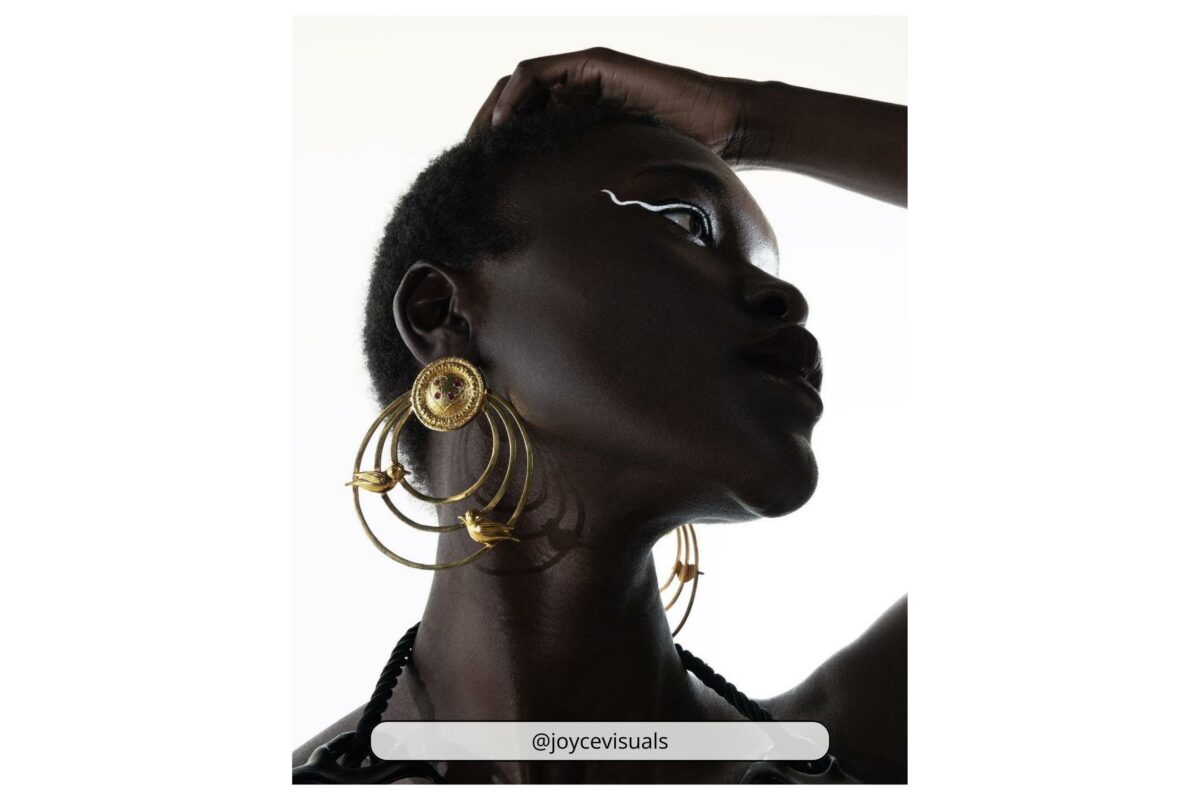
Framing and composition also play a significant role in transforming ordinary images into visually pleasing ones.
As photographers, we use different techniques such as the rule of thirds, leading lines, and patterns to guide the viewer’s eye through the image.
And through thoughtful composition, we carefully arrange elements within the frame to convey a strong sense of balance and harmony – create art.
Rule of Thirds: Dividing the frame into a 3×3 grid, we organize the subjects to align with the grid lines and/or intersecting points.
Leading Lines: We use physical lines or implied lines to guide the viewer’s attention towards a specific part of the image.
Patterns: Including patterns and repeating elements can add depth and rhythm to our photos.
Editing and Post-Production of Images
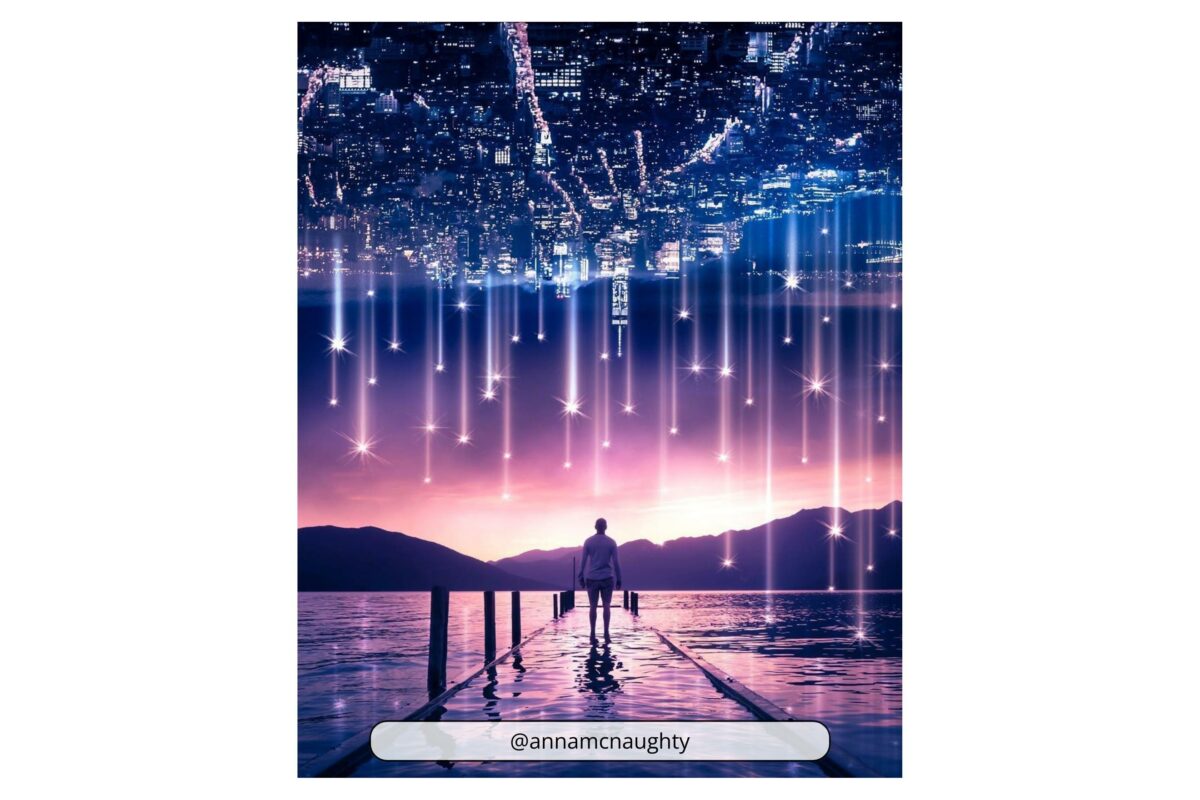
In today’s digital age, we use post-processing techniques to enhance our images and refine their aesthetic appeal.
Using a range of software tools, we adjust things like exposure, contrast, saturation, and sharpness to bring our creative vision to life.
We can also apply filters and presets to stress a certain mood or retouch imperfections.
And while some purists might argue heavy editing detracts from the essence of digital photography. I believe post-production is an extension of the creative process.
It allows us to transform our images into true works of art.
The Debate: Is Photography Truly an Art?
Why Some Say Photography Is Not Art
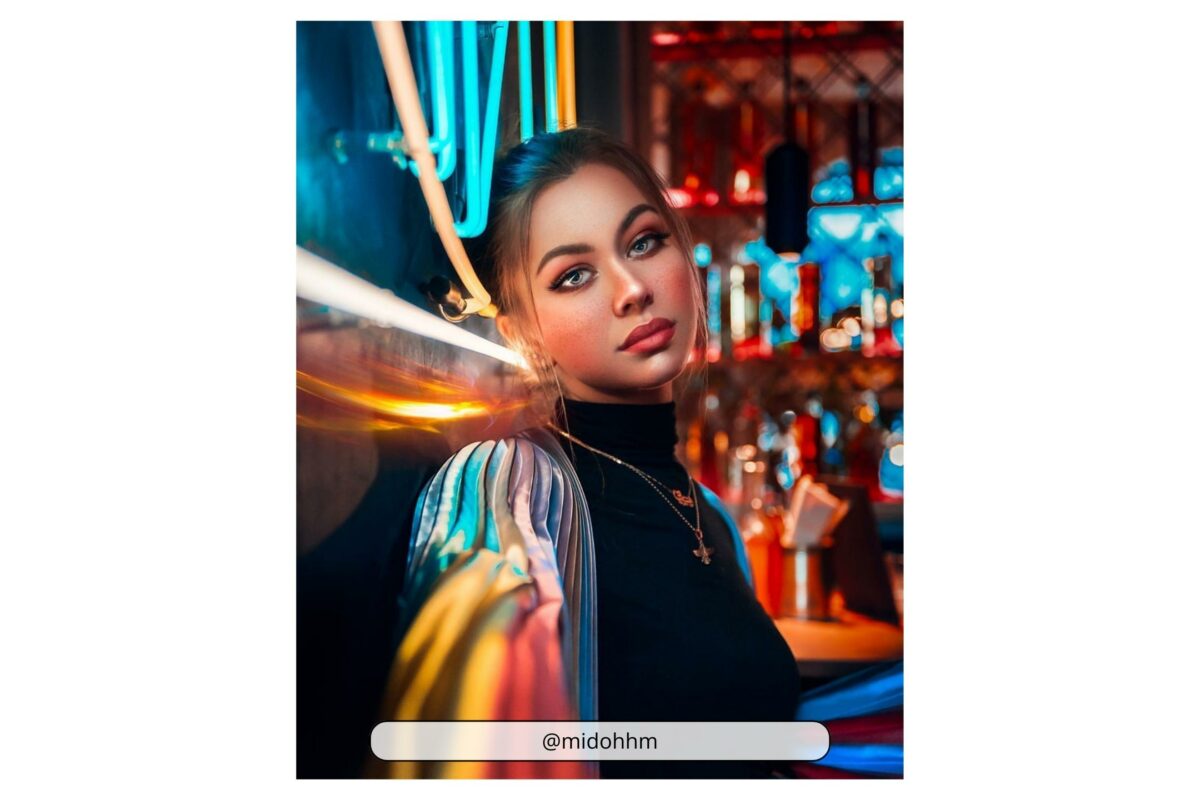
There are those who argue photography cannot be considered art because it’s a technical process. One that relies on the mechanics of the camera to produce an image.
They believe the creative input of the photographer is limited. So, the result is a non-artistic depiction of reality.
Plus, some believe because photographs can be easily reproduced, they lack the uniqueness and personal expression that’s typically associated with traditional art forms.
Why I Believe Photography is an Art
On the other hand, I believe photography is indeed an art form.
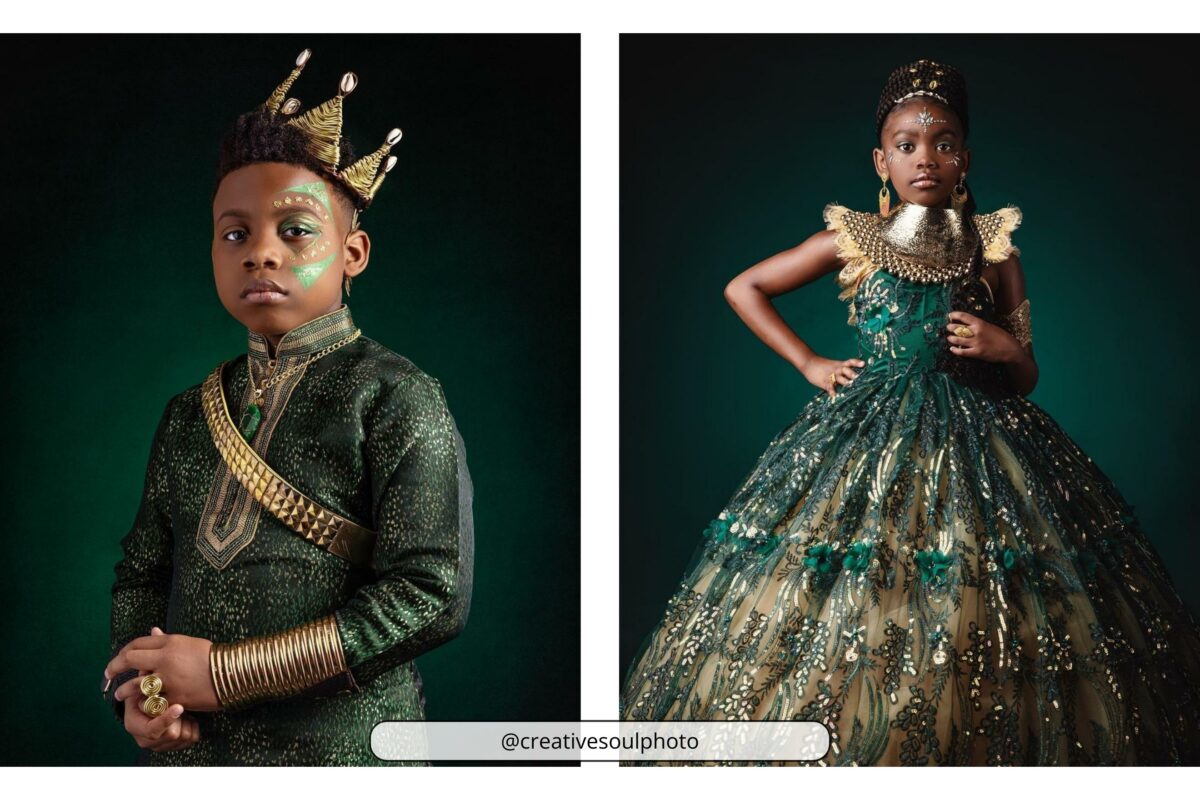
It requires a deep understanding of the medium, artistic vision, and creative expression. And just as a painter uses a brush, a photographer uses a camera to create a visual representation of their perspective.
The art of photography lies in the photographer’s ability to manipulate the technical aspects of the medium, such as exposure, composition, and focus, to convey emotions and tell a story.
The creative choices made by the photographer, such as subject, lighting, and post-processing techniques, all contribute to the artistic merit of a photograph.
And the fact that photography is more accessible to a wider audience does not detract from its status as art. This accessibility may even enhance the art form, as a diverse range of perspectives can be shared and appreciated.
Photography: A Modern Medium of Art
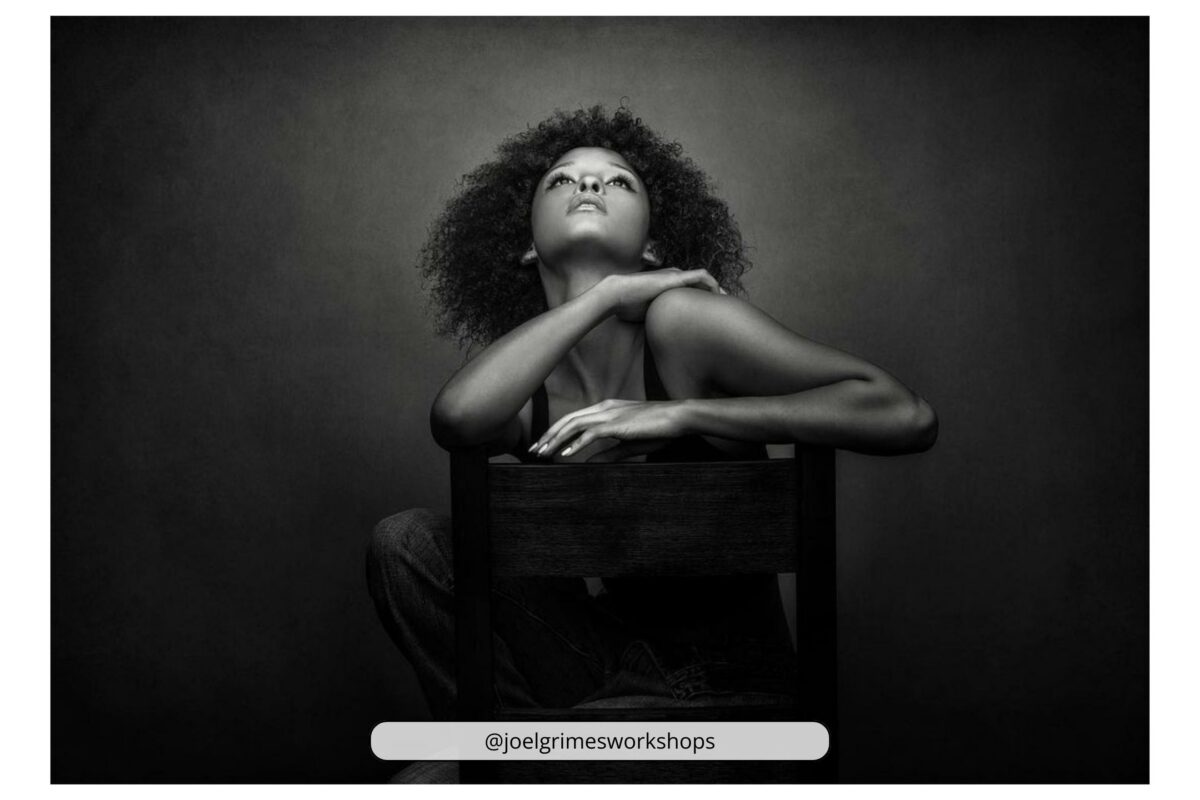
Technical Aspects and Techniques
In the world of photography, there are many technical aspects and techniques that make it an art form.
From the choice of equipment used to the various methods of capturing and editing images, photographers have a wealth of creative options at their disposal.
For instance, considering factors like shutter speed, aperture, and ISO can dramatically impact the overall look of a photo. And in digital photography, further artistic options become available through editing software, enabling photographers to manipulate and enhance their images in post-production.
The Evolution of Photography as an Art Form
Throughout history, photography evolved both in its techniques and its recognition as an art form.
In the early days, photography was mainly viewed as a means of documentation and scientific study rather than an artistic endeavor.
But, over time, photographers approached the medium more artistically.
They explored different perspectives, lighting, and subject matter. And as different styles and movements emerged, such as pictorialism and modernism, photography solidified its status as an important and respected art form.
How Photography Fits in The World of Art
Today, photography holds a significant place within the art world.
Not only can it be found in museums and galleries alongside other art forms, but it also plays an important role in contemporary art practice.
Photography can be a standalone form of artistic expression. But it’s also often integrated with other media. For example, painting, sculpture, and installation pieces.
Through these various interactions, photography continues to influence and be influenced by other art forms. It’s established a reciprocal relationship that improves the large world of art.
How Photography Changed Art and The Art World
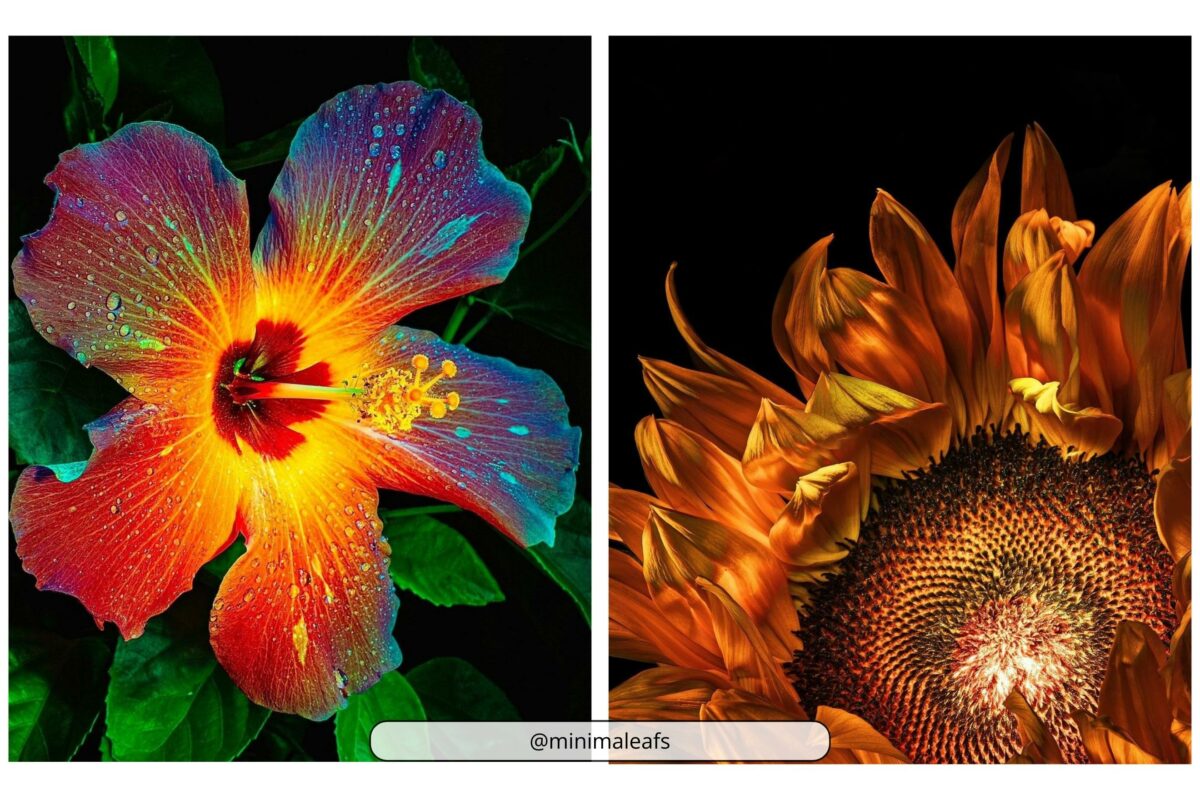
Photography’s ability to capture and depict reality in a way that was previously unachievable.
It opened doors not only for photographers but also for artists in other disciplines. This new potential for realism allowed artists to display more depth and detail in their work. It also shifted the focus away from only capturing the likeness of their subject.
And, the emergence of photography as an art form has expanded the possibilities for representation and documentation in the art world.
Which has forever changed the way we perceive and engage with art.
Creativity and Skill Matters in Photography Just Like Art
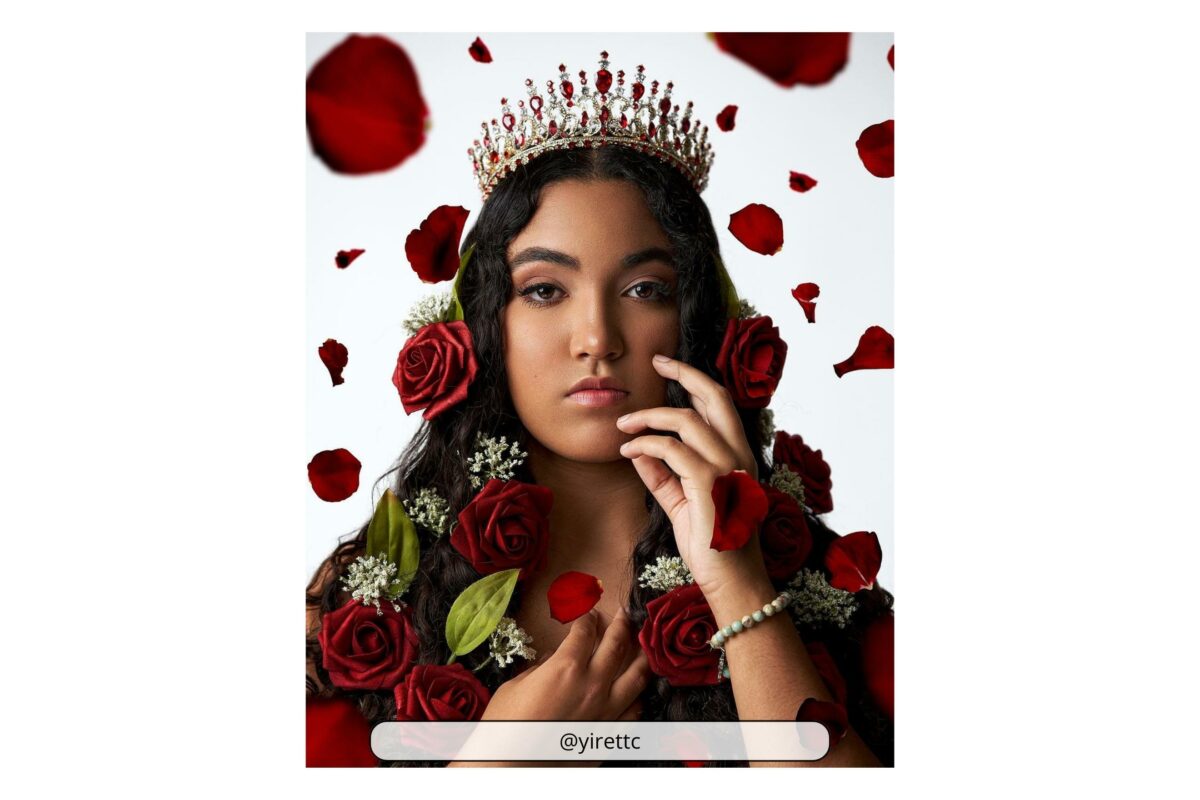
The Importance of Creativity in Photography
In photography, creativity plays a role in creating unique and attractive images.
It’s through creativity that we’re able to transform ordinary scenes into outstanding works of art. By experimenting with different camera settings, lighting, and composition, we can create images that tell a story or trigger emotions.
We can also use different lenses, filters, and post-processing techniques to enhance the artistic value of our photographs.
Embracing creativity in photography allows us to push boundaries and develop our own artistic style.
How Skill Influences The Artistic Value of Photography
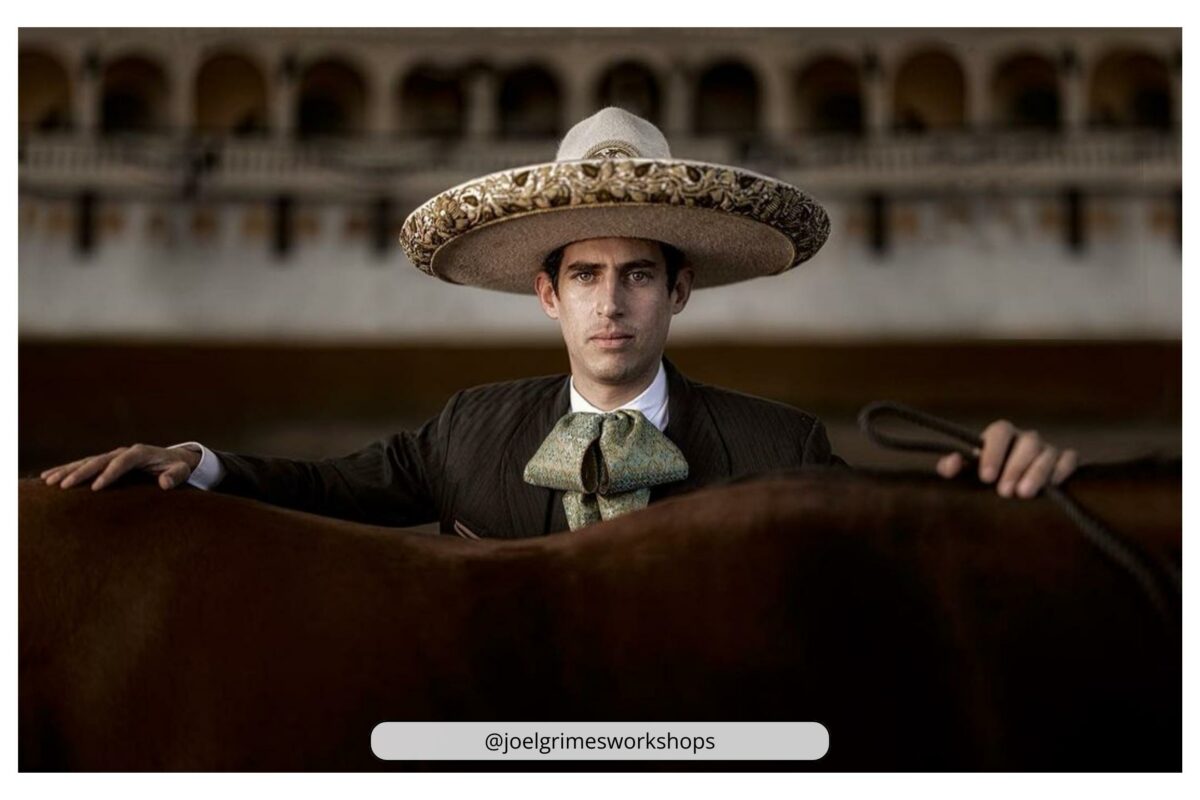
Skill is another factor that contributes to the artistic value of photography.
To photograph great images, we need to master the technical aspects of our cameras, such as exposure, focus, and depth of field.
And when paired with a good understanding of lighting, composition, and color theory, it enhances our ability to express ourselves creatively.
Combining Creativity and Skill: The Key to Mastering Photographic Art
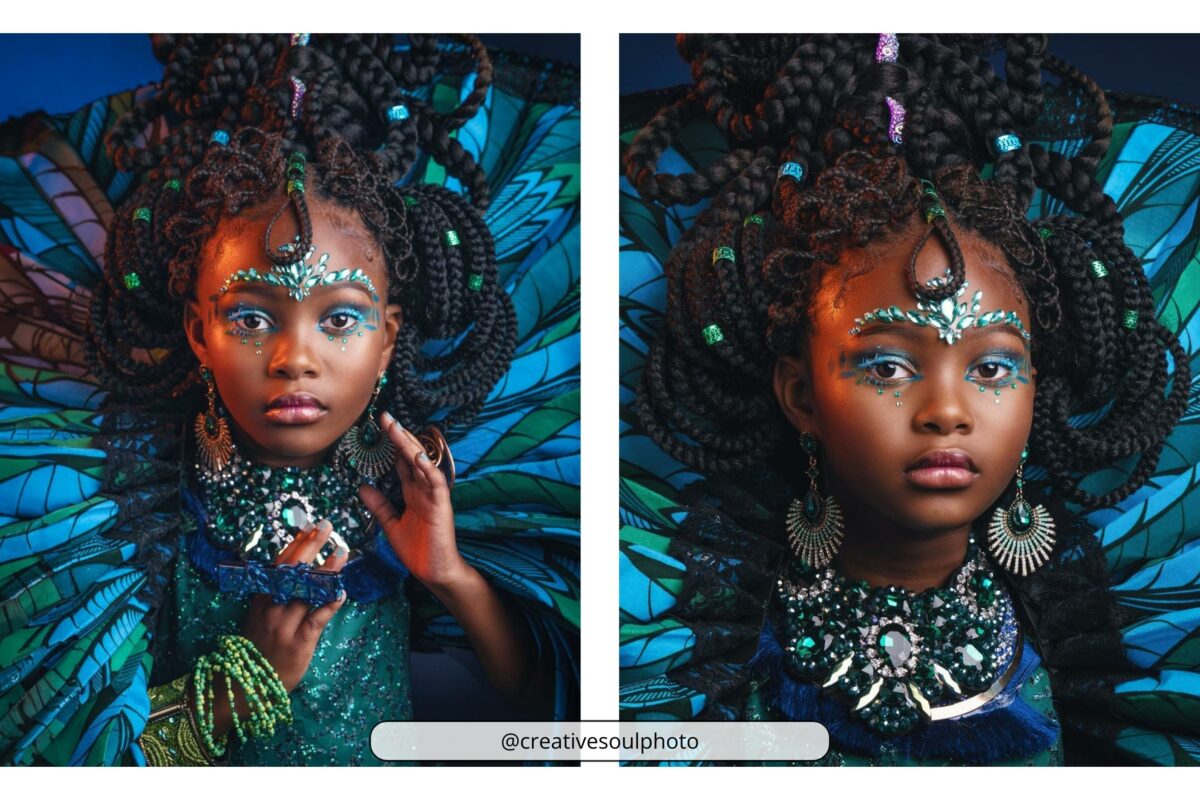
To truly excel in photographic art, photographers need to combine creativity and skill.
By mastering our cameras and understanding the technical aspects of photography, we can fully tap into our creativity.
Through experimentation and practice, we can create our own unique photographic images. And develop our own style to consistently produce images that stand out.
Here’s what I recommend:
Experiment With Different Camera Settings: Exposure, shutter speed, and aperture can greatly impact the final image. By exploring these settings, we can create a wide variety of effects and photograph different moods.
Use Various Lenses and Filters: Different lenses produce distinct characteristics that can impact the overall feel of the photograph. Plus, filters can help correct color balance, reduce reflections, and enhance contrast.
Learn as Much as You Can About Post-Processing Techniques: This includes editing software such as Adobe Lightroom and Photoshop. Post-processing allows us to refine an image, correct imperfections, and apply creative adjustments to enhance the visual aesthetic and artistic value of photographs.
Famous Figures in History and Art Photography
Ansel Adams
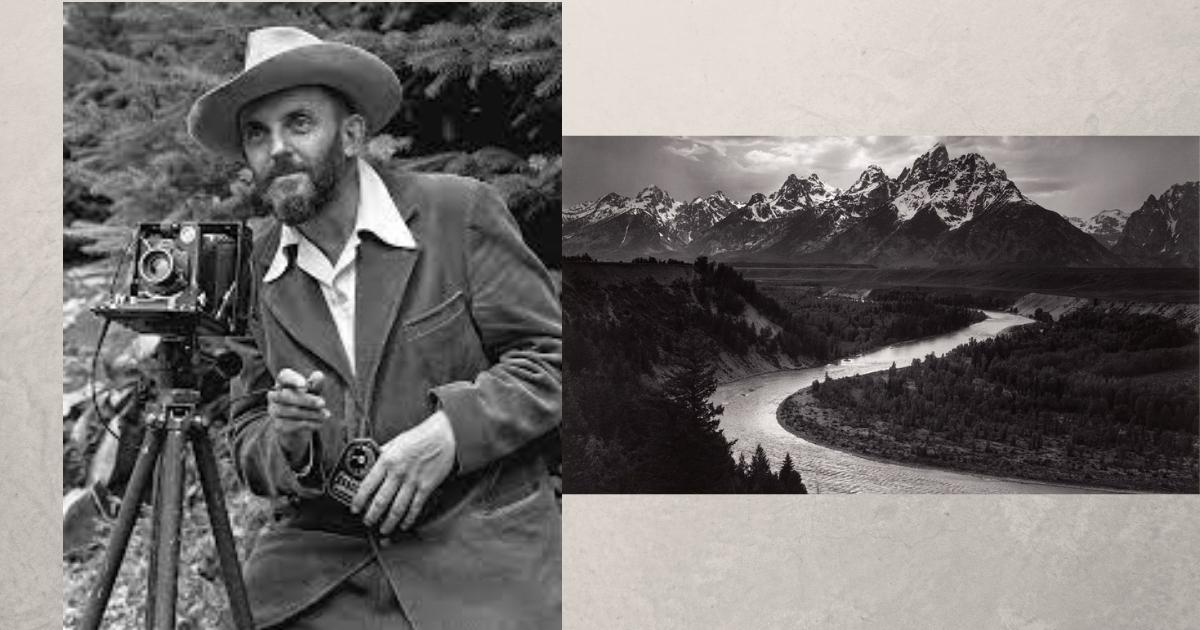
We admire Ansel Adams as a well-renowned photographer whose work focused on the American West’s pristine landscapes. He accurately captured the beauty, majesty, and power of nature and preserved these iconic images in black and white. Adams was an advocate and promoted photography as a genuine art form.
Julia Margaret Cameron
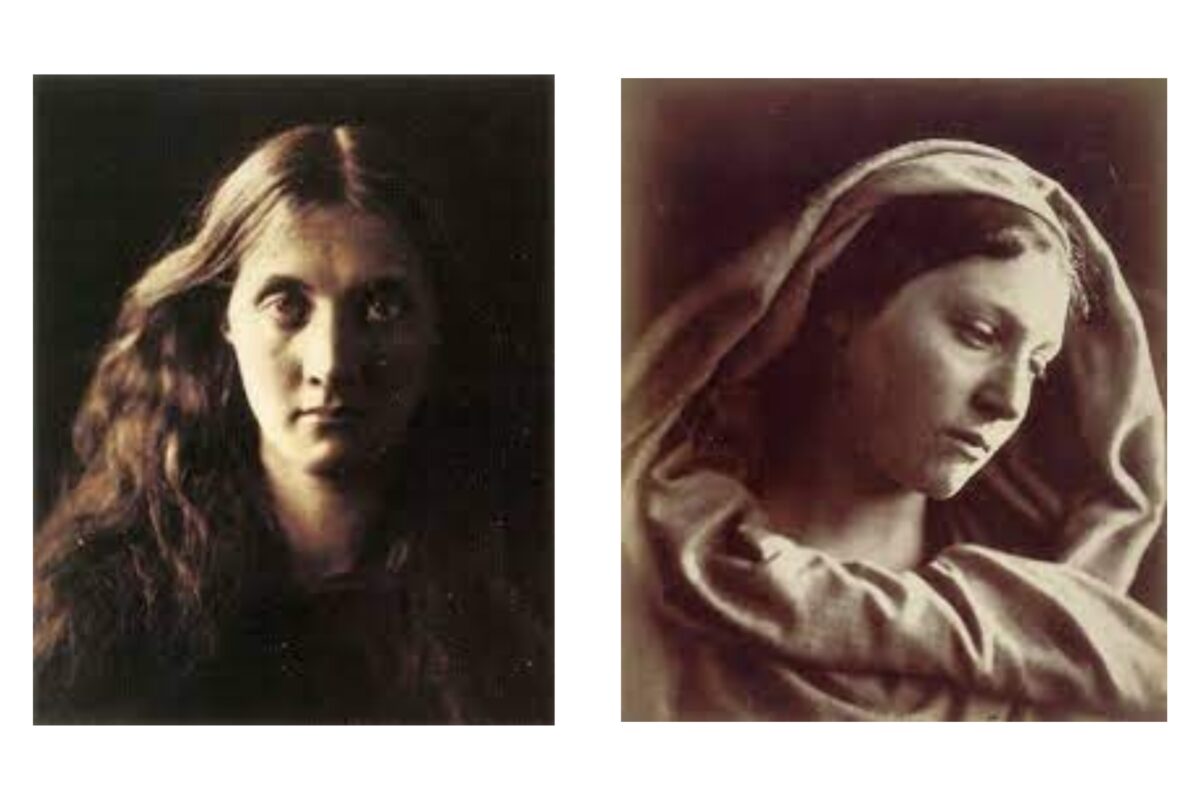
Julia Margaret Cameron is remembered for her compelling and emotional portraits of eminent figures from the Victorian era. We appreciate her soft-focus style, which adds depth and soul to her photographs. Her work significantly contributed to the development of fine art photography by creating a bridge between painting and photography.
Alfred Stieglitz
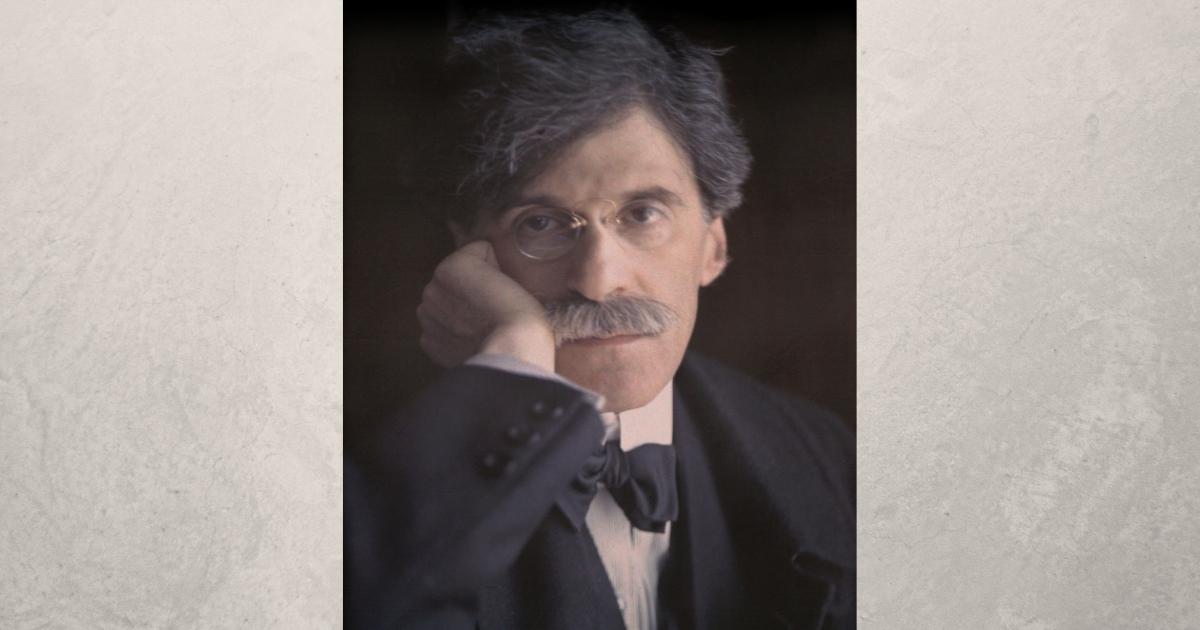
Alfred Stieglitz was a pioneer in incorporating photography into the world of fine art. He championed the idea that photography could be expressive, as opposed to just a documentation tool. Stieglitz’s work blurred the boundaries between different artistic mediums, opening up endless possibilities for photography as an art form.
Edward Steichen
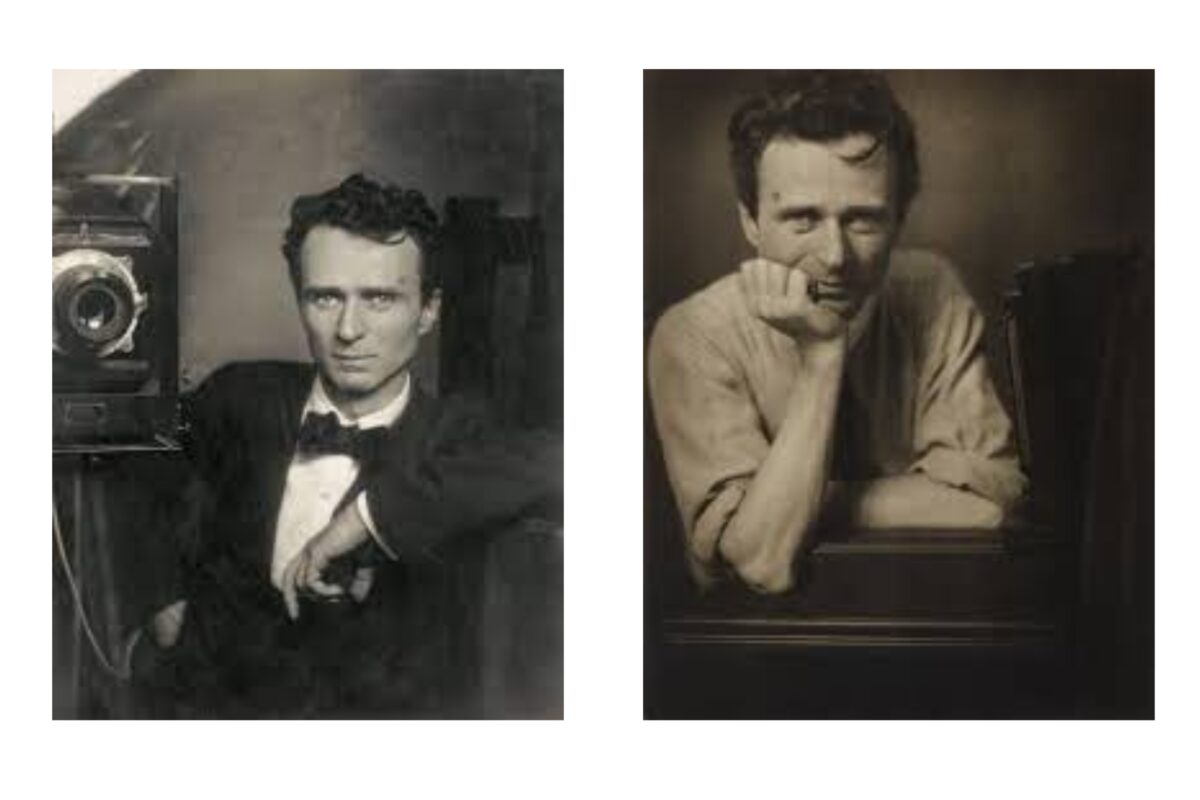
Edward Steichen was an innovative photographer with a strong focus on fashion and celebrity portraiture. His work, often featuring bold compositions and dramatic lighting, helped establish photography as a respectable tool for creative expression. We thank Steichen for bringing a unique aesthetic quality to his images that still influences photographers today.
Andreas Gursky
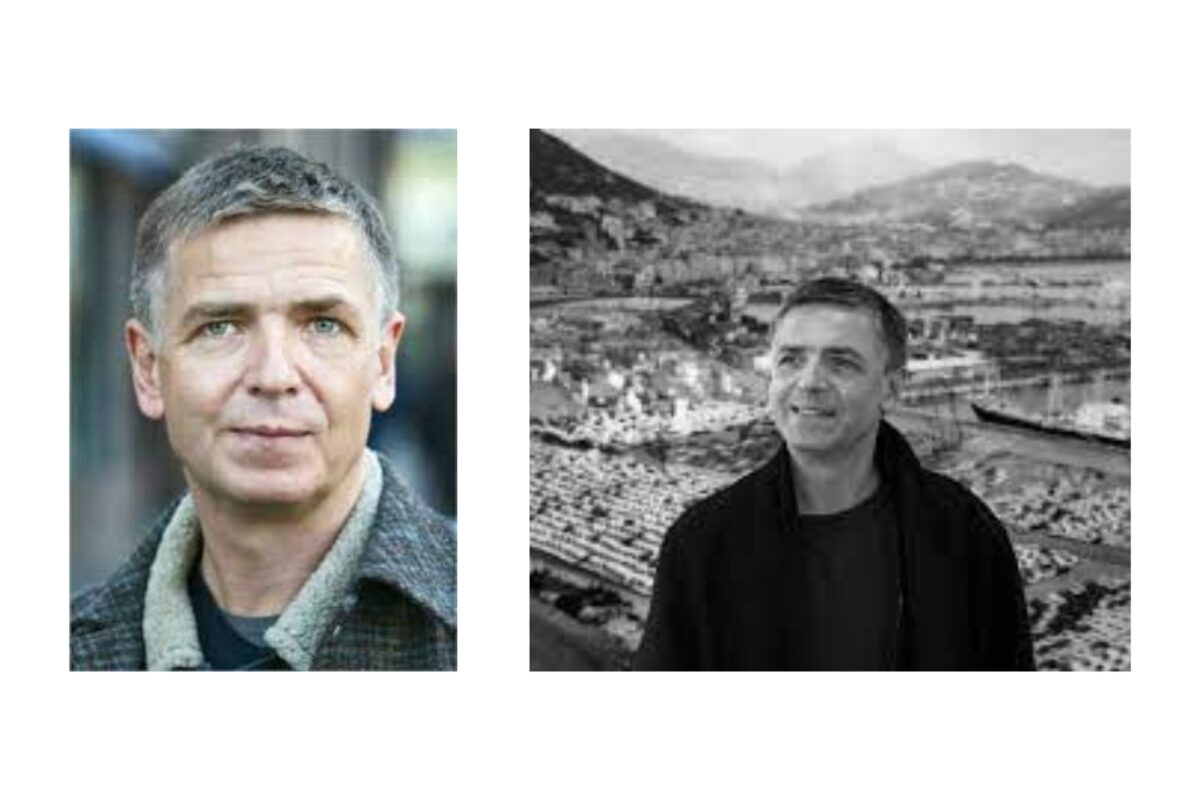
We appreciate Andreas Gursky’s distinct style, characterized by enormous, highly detailed photographs that often focus on architecture and landscapes. Gursky’s work is a great example of how photography can provide a fresh perspective on our environment and the world.
Robert Mapplethorpe
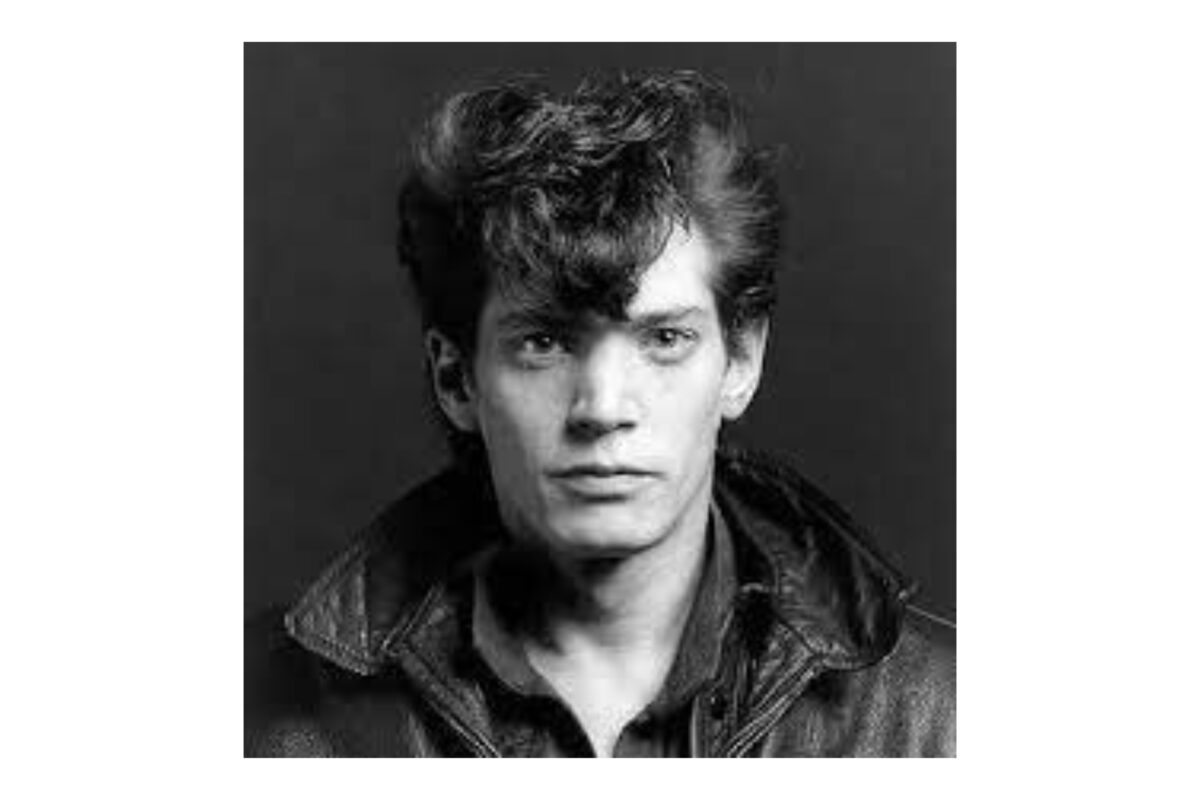
Robert Mapplethorpe was an influential photographer known for his controversial images and exploration of complex themes. His work often pushed the boundaries of what we deemed acceptable in fine art photography. Mapplethorpe’s unique visual style forced us to confront and question societal norms and taboos through the lens of photography.
Photography Art Movements Throughout History
As creators of photographic art, we’ve seen various art movements emerge and make an impact.
For example:
Pictorialism
Straight Photography
And Surrealism
These are a few prominent examples.
In the late 19th and early 20th centuries, Pictorialism emerged as an art movement where photographers applied various techniques to create images that resembled paintings.
Some of these techniques involved soft focus, special filters, and hand manipulation on the print. Pictorialism marked an important effort from photographers to establish photography as a fine art.
The introduction of the daguerreotype process in 1839 and the calotype process in the early 1840s revolutionized photography. The daguerreotype was known for its exceptional detail, while the calotype allowed for easy reproduction of images through negatives.
Both processes contributed to photography’s eventual recognition as an art form.
Straight photography, in contrast to Pictorialism, focuses on capturing real-life subjects and scenes without significant manipulation or editing.
And as we moved into the 20th century, photographers like Alfred Stieglitz and Paul Strand pioneered this movement. The straight photography movement was critical in solidifying photography as an independent, legitimate art form.
Surrealism was an art movement that began in the 1920s.
It was aimed at exploring the realms of imagination, dreams, and the mind. Surrealist photographers, like Man Ray and Salvador Dalí, used various techniques such as photomontage, double exposure, and solarization to create images that evoked mystery and provoked thoughts.
Surrealism eventually became an influential movement, affecting not just photography but also literature, film, and visual arts.
So, throughout photographic history, we’ve had a few different photography art movements. More than I’ve listed. All of which have contributed to defining and refining what makes photography art.
Each movement had its own unique techniques and styles. Proving that the possibilities in the world of photography as art is endless.
7 Types of Art Photography
1. Fine Art Photography
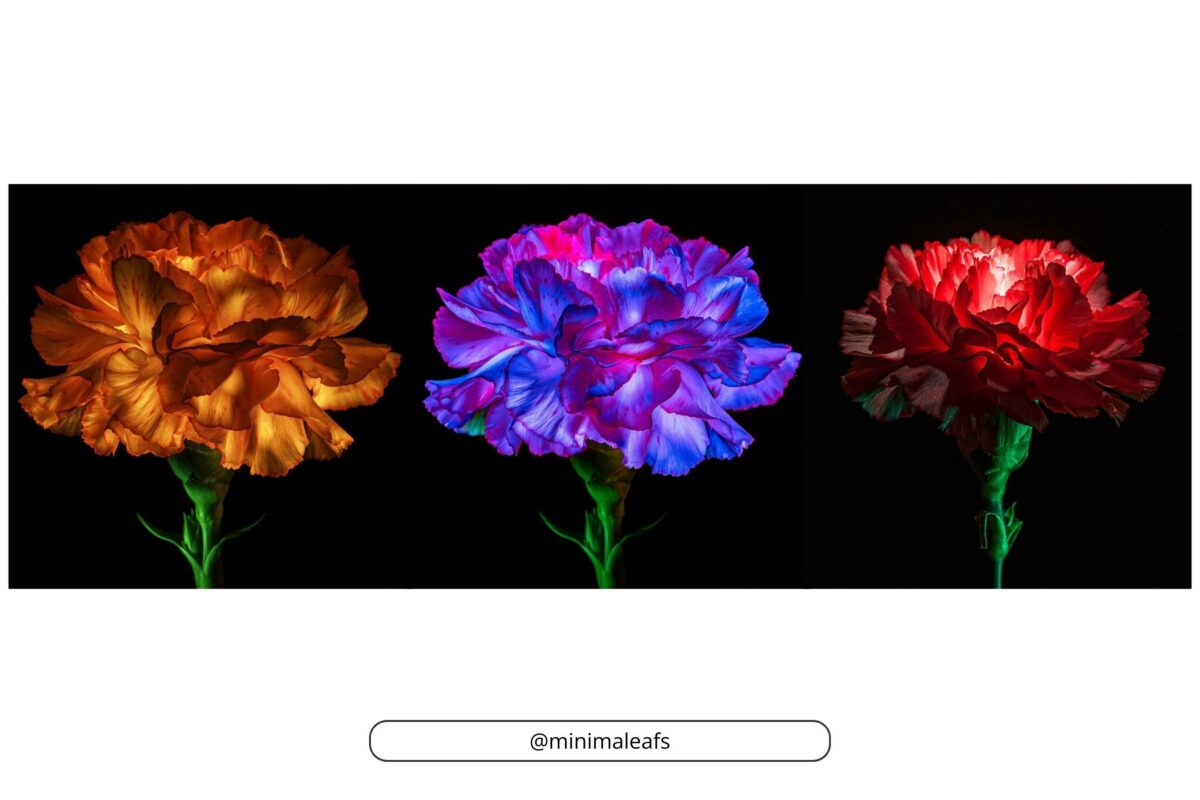
Fine art photography allows us to express our creativity and artistic vision. This type of photography is often highly conceptual, evoking emotions and ideas through carefully crafted images. We use fine art photography to create unique, expressive pieces that go beyond the simple representation of a subject and delve into the realm of symbolism and metaphor.
2. Landscape Photography
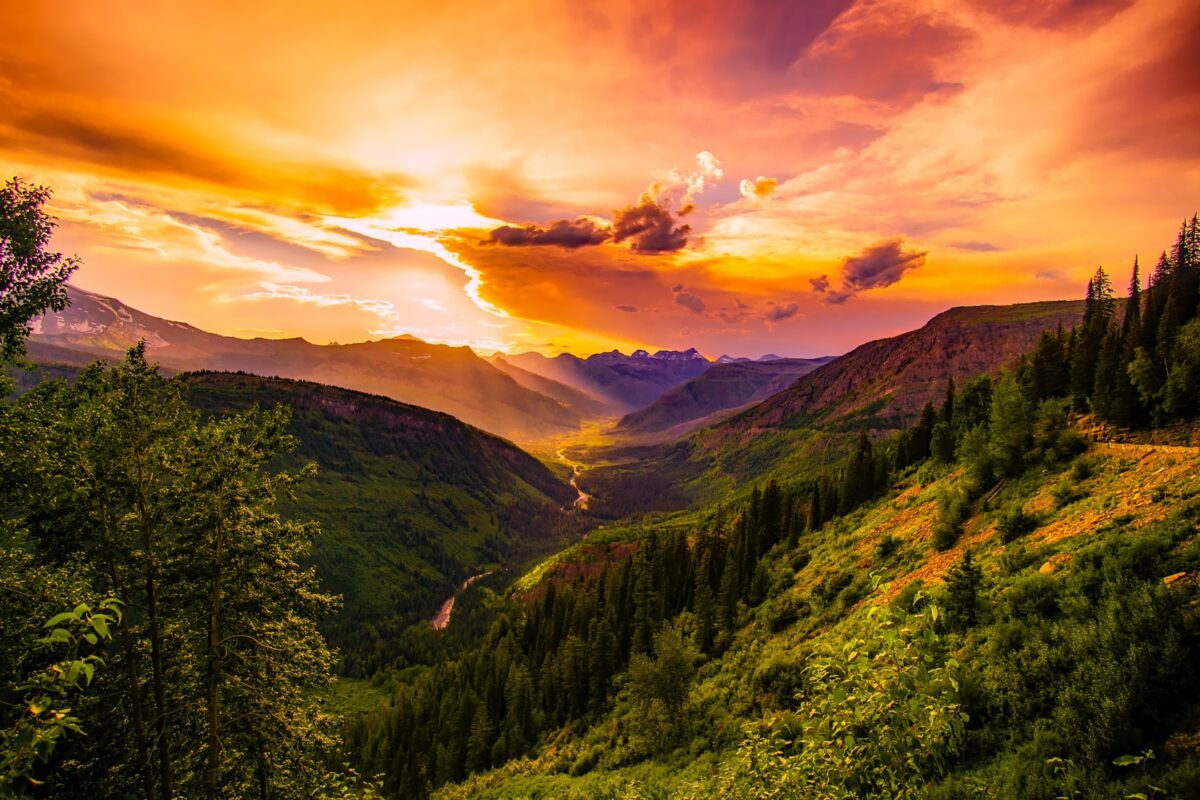
Landscape photography captures the natural beauty of our world, showcasing vast landscapes and the intricate details found within them. We frame stunning vistas, from the grandest mountain ranges to the delicate patterns created by a receding tide. Linear perspective, composition, and light play crucial roles in making landscape pictures both engaging and visually striking.
3. Portrait Photography
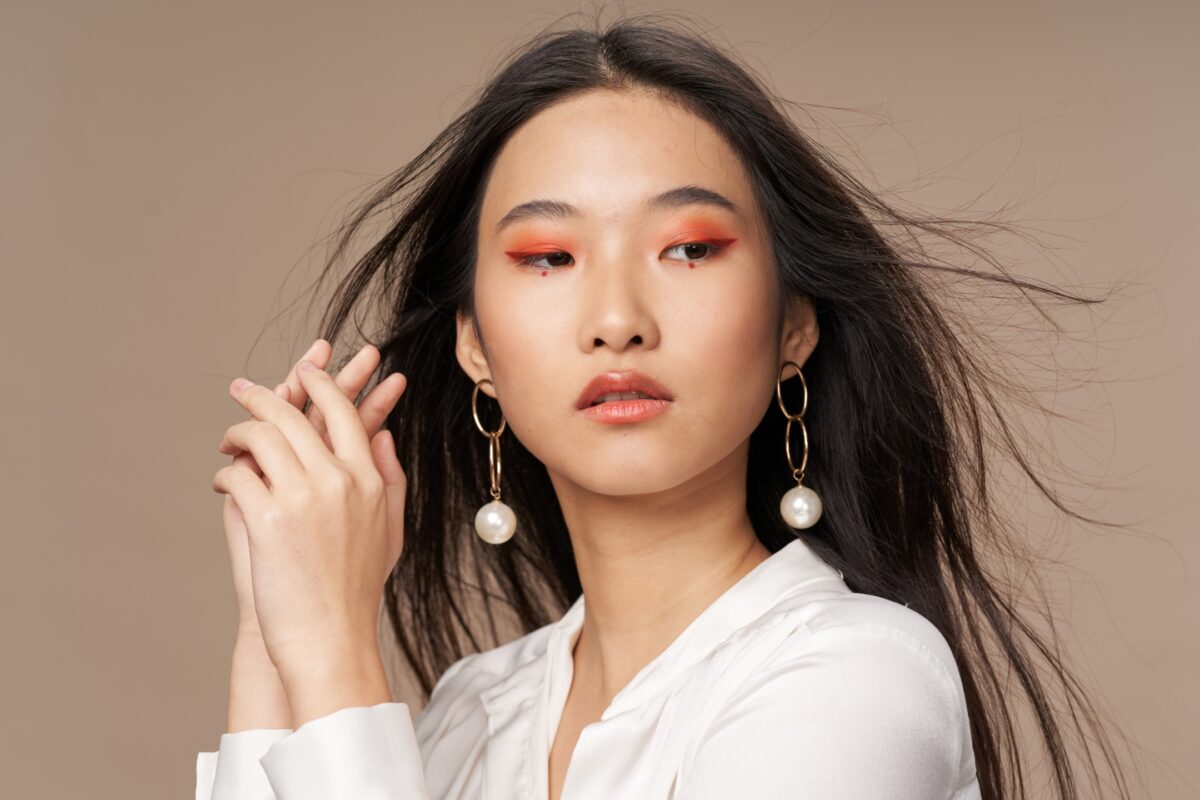
Portrait photography focuses on capturing an individual’s personality and emotion, whether that’s a candid shot of a child’s laughter or an intimate portrait of a lover. We use lighting, composition, and the relationship between photographer and subject to bring the essence of a person’s character to life, creating memorable works that reveal the story behind their eyes.
4. Street Photography

Street photography demonstrates our prowess in capturing candid moments within the everyday hustle and bustle of city life. We observe and document people, architecture, and events, often juxtaposing intriguing characters or providing commentary on modern society. In street photography, timing, composition, and a keen eye for detail are needed to create vivid and compelling images.
5. Fashion Photography

Fashion photography combines our passions for both visual expression and the world of fashion. We collaborate with designers, models, makeup artists, and stylists to create visually stunning and editorially driven works. Bold colors, striking patterns, and unique aesthetics define this art form as we capture runway looks or curate styled photoshoots.
6. Documentary Photography
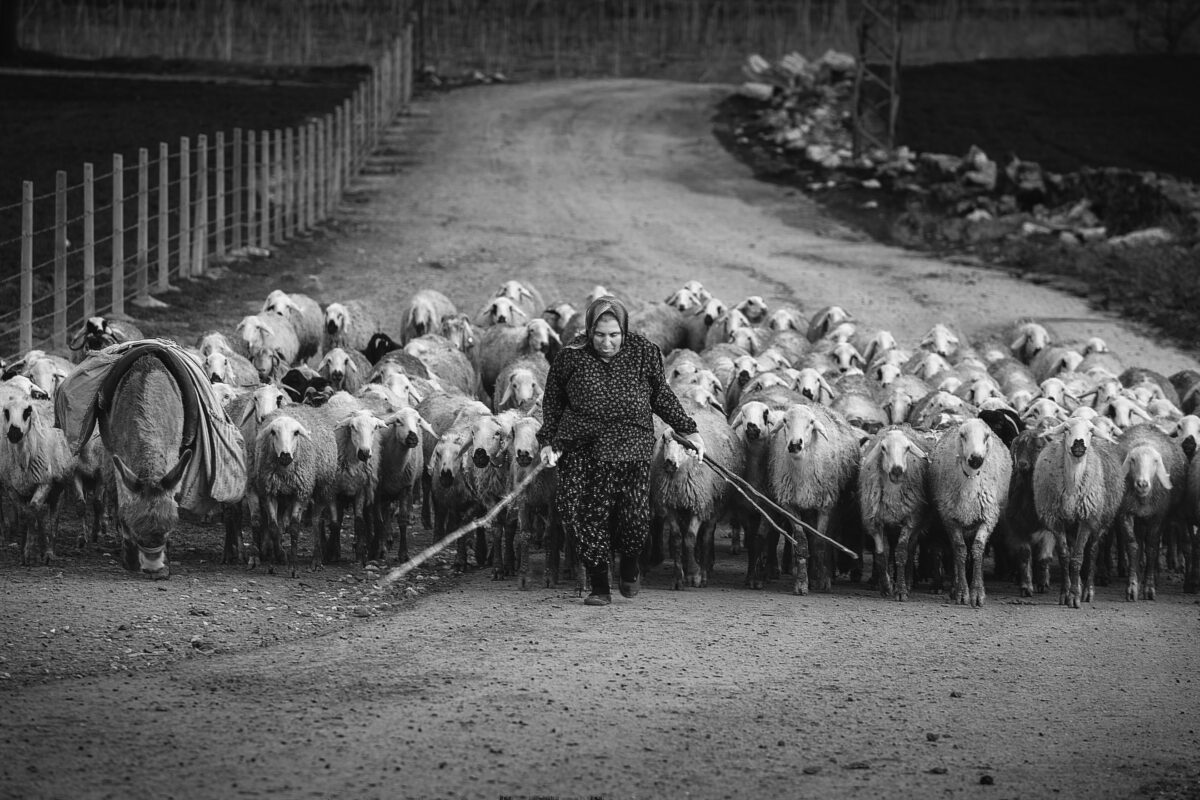
Documentary photography involves the documentation of real-life events, people, and places, often to provide a visual commentary on social or political issues. We use this type of photography to tell powerful stories and showcase the lives and experiences of people from various backgrounds and cultures. Candid shots, environmental portraits, and reportage-style techniques all contribute to this genre, allowing us to capture moments of raw authenticity.
7. Sports Photography

Sports photography is all about the world of athletics. Embodying the thrill and excitement of physical competition. We capture dynamic, heart-pounding moments as athletes push themselves to their limits and compete for victory. Precision timing, anticipation, and technical skills are necessary in sports photography.
How to Turn Your Photography Into Art
Ok, now let’s look at some key things that can help us turn our photography into art.
Framing: The way we frame our subjects can make a significant difference in the outcome of our photographs. By trying different angles, perspectives, and compositions, we can create great art and images. Pay attention to the rule of thirds, leading lines, and symmetry to further enhance your photographs.
Camera Settings: Have your camera set up correctly. Aperture, shutter speed, and ISO all play a role in changing the mood and atmosphere of our photographs. Understand and master these settings. That way, you can manipulate the depth of field, motion, and lighting to create visual statements.
Post-Processing: A necessary step in transforming photography into art is post-processing. Through editing software like Adobe Lightroom or Photoshop, we will adjust the colors, contrast, and exposure to enhance the overall aesthetic of our images.
Experimentation: Being willing to take risks and push your creative boundaries is needed for growth as an artist. Test out different photographic techniques, such as long exposures, intentional camera movement, or double exposures to develop your artistic style and create digital photography art.
FAQs Regarding
Why Photography is an Art
Why is photography considered a form of art?
Photography is considered a form of art because it involves capturing a moment in time and portraying it through a visual medium. It can communicate emotions, tell a story, and express the photographer’s perspective. Also, like other art forms, photographers use various techniques, such as composition, lighting, and color, to create unique and visually pleasing pictures.
How does fine art photography differ from other types?
Fine art photography differs from other types of photography because its main purpose is to express the artist’s vision and tell a story through imagery. Versus other types like commercial photography, which focuses on advertising and selling products, or photojournalism, which documents events and news stories. Fine art photographers often place a greater emphasis on aesthetics, concept, and execution. They provoke thought and evoke emotion in their audience.
Can photography be classified under visual arts?
Yes, photography can be classified under visual arts. It shares many characteristics with traditional visual art forms, such as painting and sculpture. In both cases, artists use their technical skills and creativity to produce visually appealing and thought-provoking pieces. And photography has evolved over the years, with emerging techniques, styles, and subgenres, cementing its status as a significant element within the visual arts field.
How do photographers develop their artistic skills?
Photographers can develop their artistic skills in a lot of ways. Practice, get some feedback, and experiment. Also, many photographers attend workshops, take courses, and study the works of others to improve their understanding of compositional elements, storytelling, and technical skills.





